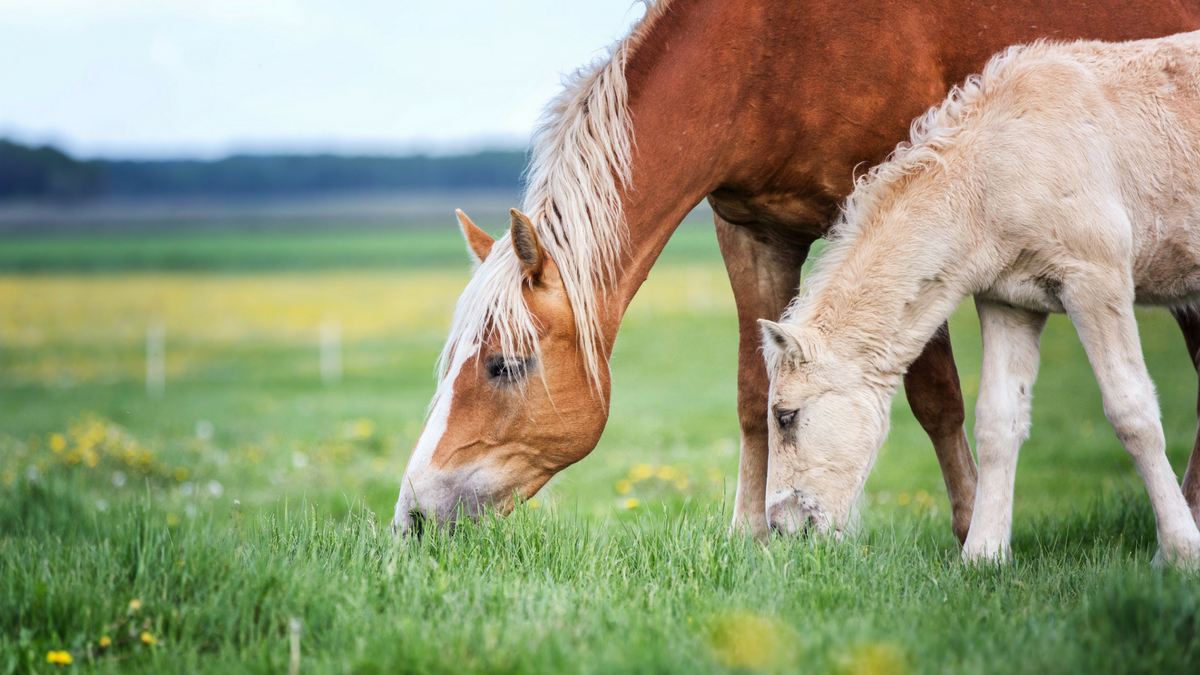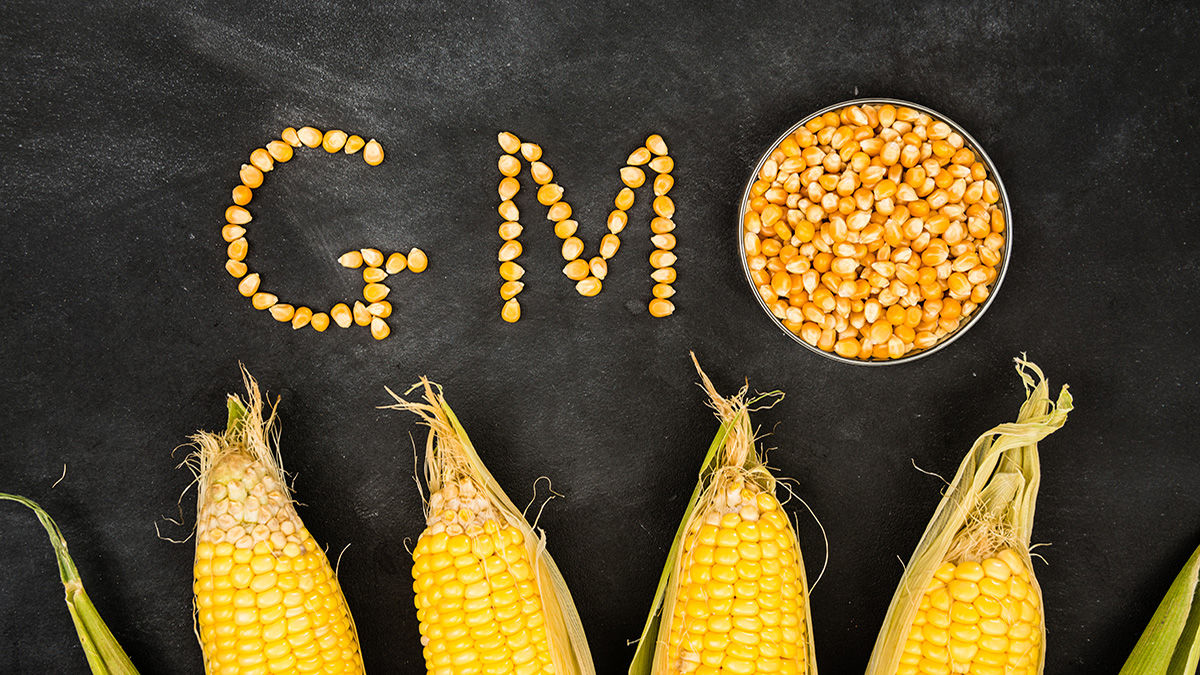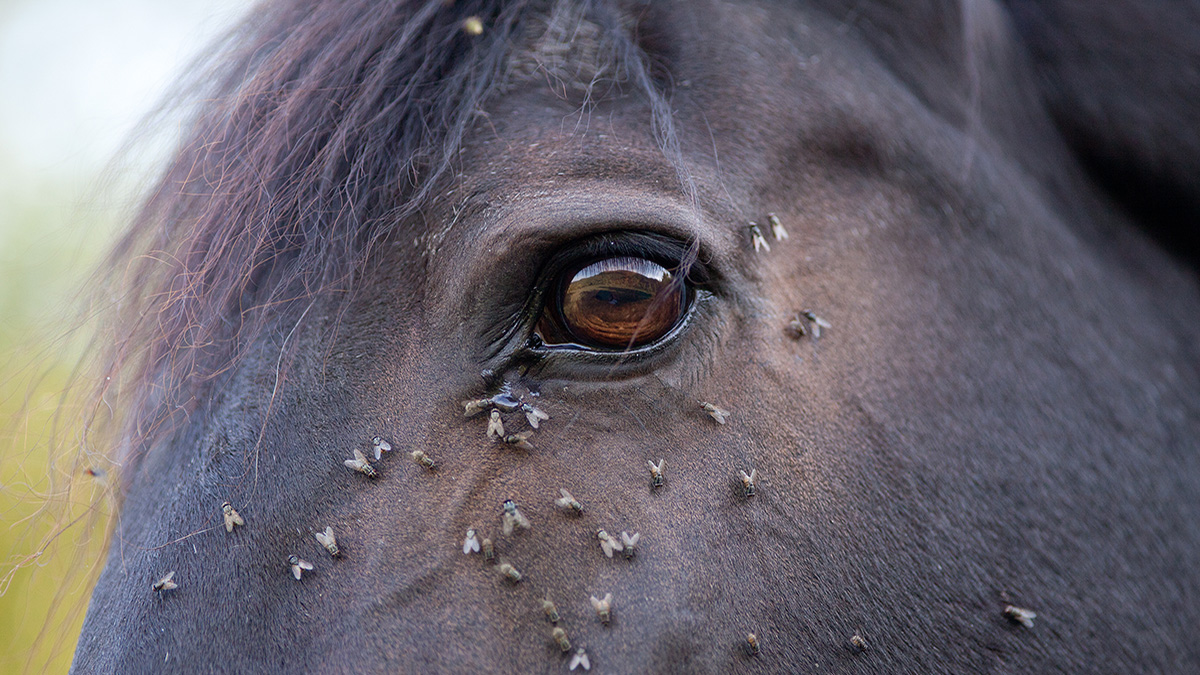The frenzy for all things blockchain is exemplified by the Long Island iced tea company whose stock increased six times overnight when it simply changed its name to include the word “blockchain.” Even the Chinese stock market is seeing a boom in anything blockchain-related. While much has been written about blockchain, a succinct description is still elusive. Essentially, blockchain is simply an online documentation system that records the transaction at each point in the supply chain through an encrypted block using a distributed ledger (DLT). The system ensures both confidentiality and traceability for each trading partner involved in the supply chain.

Image obtained from CB Insights
So, why is blockchain creating such excitement in agriculture? The agriculture sector typically has very tight margins, and success is derived from parlaying market knowledge and strategic sourcing for better access and better prices than your competitors. Secrecy and squeezing prices are key success factors. Inevitably, some participants try to manipulate the market or engage in unacceptable business practices. Without genuine transparency in the food chain, feed or input recalls are ineffective, yet they are critical to ensuring the health of those at the very end of the chain: the people who eat the food agriculture produces. In other words, everyone.
Blockchain and agriculture: A new tool for an old system
Knowing what you are buying has been problematic for as long as people have been trading along the food supply chain (the earliest examples of writing are agricultural transaction records from Sumeria, from approximately 3000 BC). As the food supply chain is global, a network with real traceability is essential in order for people to be able to trust what they are buying. Enter blockchain. Blockchain is an effective way to balance the need for confidentiality with the need for transparency. A blockchain-based supply chain should result in food that is safe and traceable while reducing waste and creating economic benefits for all of the stakeholders in the food supply chain. Of particular benefit to the agricultural sector are lower costs and added value (Rabobank).
Lower costs are achieved through greater efficiency, lower transaction costs and better access to information. Because the information provided through the blockchain is reliable, documents and certificates can be trusted and many back-office processes can be automated. As the need for manual or repeated verification decreases, lead times can be shorter and turnaround faster. The security of the system means that payments can be executed quickly and safely, eliminating the need for third-party payment processing. Moreover, the visibility of the blockchain improves pricing transparency, particularly for smaller agribusinesses and farmers in regions that have not previously had access to global pricing.
Logistically, blockchain can speed up the movement of food through the supply chain network (critical for perishable goods) and also allows fast, targeted removal of products that are not fit for consumption. Both ways, food waste is reduced. Faster analysis and interpretation of consumer desires (such is the goal of INS Ecosystem) can further reduce errors and waste, and the greater transparency of the chain allows for better forecasting. Accuracy is improved by reducing the places where human error can enter the system.
This is not to say that blockchain technology is entirely immune to error. The information contained within the network, while incorruptible once documented, could be entered incorrectly or fraudulently. What blockchain offers is a means to identify the error or fraudulent entry. Furthermore, the blockchain should contain all members of the supply chain. If a piece is missing, its transparency and traceability are lacking; the ideal blockchain starts at seed or feed and follows all the way to consumer purchase.
Potential for added value comes from better access to information about pricing, markets and products. Analysis of up-to-date, reliable data will help identify new opportunities regionally or globally and enable adaptation of supply chains to better fit consumer needs. With greater transparency and more reliable data, better and more targeted financing options can be developed. And, with the cooperation of governments, greater regulatory harmonization can improve efficiencies throughout the agriculture sector.
Many of these current and potential benefits of blockchain can be seen in a single example: the spinach crisis of 2006. On Sept. 14, 2006, based on complaints from 19 states, the U.S. Food and Drug Administration advised consumers not to eat bagged fresh spinach. It took two weeks for the region that the spinach came from to be identified, and it was not until Oct. 12, with five people dead and 200 sickened, that the specific source of contamination was identified. In the meantime, all fresh spinach and fresh spinach products were cleared from shops across the U.S., with an overall cost of more than $175 million. Contrast that with a recent blockchain-based supply chain trial between Walmart and IBM in which a food was traced back through each party involved all the way back to its origins in seconds (2.2, to be exact). At any point in the chain, all other possible cross-contaminations could be identified. The location of any contaminated food could be traced and pulled from shelves or dealt with immediately, protecting consumers, reducing waste and protecting the producers along the way from unnecessary losses.
China has also recognized the advantages of blockchain for food safety and through the Food Safety Alliance for China is supporting a joint undertaking between Tsinghua University, Walmart and a consortium of large food companies (Dole, Driscoll’s, Golden State Foods, Kroger, McCormick & Company, McLane Company, Nestlé, Tyson Foods, Unilever and IBM) to create a food tracking system using blockchain.
Blockchain in practice
While blockchain is still a relatively new concept, early adopters can already be found throughout agriculture, including the poultry, dairy, beef, aqua and crop sectors. The most common applications are simply confirmation of the source of a product (as with Honeysuckle Thanksgiving turkeys, where you can enter a code on the company’s website and immediately know what farm the bird originated from), but blockchain is also being used to ensure availability of production data, prevent food fraud, provide payment security, ensure regulatory compliance and provide safe access to markets for small and remote farmers.
Production information
There are now several companies offering blockchain-based supply chains for agribusiness, but OriginTrail was the pioneer. Starting in 2013 with a beta test for the beef sector, it has since added dairy, poultry and vegetable supply chains. Another example in poultry is producer Perutnina Ptuj, which provides customers with complete information on the origins of the meat they purchase through a smartphone app. Even vegetables can be traced back to their origins: Slovenia-based Natureta uses a blockchain platform to give customers access to food procurement information and can instantly show in which garden food they are currently cooking with was grown.
Another blockchain platform is Provenance, a U.K.-based company that is currently working with more than 200 food businesses, tracking food (including produce) from point of origin all the way to the supermarket, documenting each step in the process and allowing food companies to prove their product claims and guarantees. It has partnered with Arkansas-based Grass Roots Farmers’ Cooperative to allow customers to track their food, including information on meat quality and origin, how the animal was raised and any other companies involved in the process through the use of QR codes. Provenance has also reached into the aquaculture industry to run a pilot program designed to track the production of yellowfin and skipjack tuna in the Southeast Asian fishing industry. Through text messages, fishermen have been helping nongovernmental organizations (NGOs) track the process from initial registration of the caught fish and data verification all the way to the consumer, ensuring fish have been sourced in a socially and environmentally sound manner.
Other food or agribusiness blockchain supply chain platforms include:
- Carrefour: Announced intentions to launch Europe’s first food blockchain. A QR code scan will tell consumers where the bird was reared, the name of the farmer, what feed the bird consumed, quality labels and where the bird was slaughtered. The initial focus will be on its line of free-range Auvergne chickens, but the plan is to expand the technology to at least eight other products before year end 2018.
- JD.com: Beef industry platform in China that can trace beef purchased in Beijing, Shanghai and Guangzhou to its original production location in Inner Mongolia.
- FoodLogiQ: Starting as a Canadian beef platform, FoodLogiQ is now a full farm-to-fork system, with an emphasis on supplier management, food safety compliance, quality incident management, recall management and whole chain traceability.
- Ripe.io : Started by former financiers, Ripe uses algorithms to calculate sustainability scores, as well as scores for spoilage and safety levels.
- Bext360: A Ugandan Great Lakes Coffee exporter and a Denver-based coffee roaster, Coda Coffee, are creating a “bean to brew” blockchain. A similar platform by Moyee Coffee tracks their beans from Ethiopia to Amsterdam program will trace the coffee from Moyee Coffee in Ethiopia to Amsterdam, tracking payments to the farmers along the way. Starbucks is also investigating the technology to promote ethical sourcing and connect customers to bean growers.
- DNVGL: Its application, known as My Story, verifies Italian wine growers’ supply chains, from seed to bottle.
- OriginTrail: In combination with TagItSmart sensors, OriginTrail has a pilot project designed to maintain data integrity in the beverage industry. Wine producer Plantaže will be able to track more than 15,000 bottles of wine.
- ZhongAn Technology (a subsidiary of an insurance company): Its blockchain system for the free-range chicken sector in China intends to alleviate both poverty among chicken farmers and consumer food safety concerns. Individual chickens are tagged, and information about each individual chicken’s growth, location, food and even movement is uploaded and available for consumers to trace. Currently, the program collects data from over 200 chicken farms with plans to expand to 2,500 farms by 2020.
- Coca-Cola and the U.S. State Department are initiating a project using blockchain to combat the forced labor market by creating a secure registry for workers.
Anti-counterfeiting/adulteration
The ability to track the provenance of products is a key benefit in many ag sectors. For example, large commercial dairy companies have a challenge tracking the provenance of their milk as they often source from multiple milk producers. Slovenian dairy brand Zelene Doline is tracking its products and connecting the more than 1,000 Slovenian dairy farms that provide milk to the company. The traceability system allows consumers to log onto the company’s website, enter the product’s European Article Number barcode and “best before” date to gain information on the product’s origins.
Russia’s dairy industry is also incorporating blockchain to combat counterfeit dairy products. According to researchers, Russia produces 40 percent less milk than the amount sold, and there is speculation that vegetable fats or palm oils are being used to dilute the milk for consumer sale, compromising its authenticity. Blockchain provides an objective mechanism to ensure that what is sold as milk is actually milk. Similarly, Ambrosus, a Swiss firm, uses sensors and blockchain technology to provide real-time food supply chain audits, particularly with its cheese and chocolate, to ensure its high-quality products sold in China are not counterfeit. Food fraud is a particular focus of Ireland’s arc-net blockchain platform, which uses unique universal identification codes (UUIDs) through digital DNA to offer a cloud-based platform and traceability to the food and animal feed industries.
Transaction and payment security
BeefLedger out of Australia has created a secure payment platform using blockchain and cryptocurrency wallets. Its focus is on the rapidly growing Asian middle class, for whom Australian beef is in high demand. Customers are provided with provenance data on meat purchases, including origin and characteristics, while the producers gain access to customer data and feedback. Other examples include:
- AgriDigital, an Australian blockchain system designed to manage grain trading transactions, finance and connections.
- Bart.Digital, a Brazilian-based company working with small farmers to provide secure financial documentation.
- AgrolifeCoin (funded by Agrolife, investors and agribusiness supporters), which provides technical assistance to financial institutions, particularly in developing countries, to enable them to better fund their local agriculture sector. Its global payment network provides peer-to-peer instant transactional opportunities for members of the agricultural community at near-zero cost through its cryptocurrency program
- Avenews-GT, a global trading company designed to connect buyers and sellers to create transparency, trust and financial security in supply chains.
Regulatory compliance
Due to its remote nature, the seafood and aquaculture industry has unique monitoring challenges. Mistreatment of workers, mislabeling of fish and destructive fishing methods are increasingly unacceptable to consumers. A collaboration between Earth Twine (which focuses on regulatory compliance in the seafood industry) and Stratis (a blockchain technology company) has led to The Earth Twine-Stratis Platform, a seafood tracking solution platform to combat illegal, unreported and unregulated fishing.
In parallel, ConsenSys has teamed up with the World Wildlife Fund and TraSeable (a communications technology implementation company) to end human rights abuses in the Pacific Islands’ fishing industry. Working with the tuna fishing and processing company Sea Quest Fiji, the goal is that every can of tuna will have a QR code for consumers to verify that the tuna was sourced in an ethical and sustainable manner.
Access to markets
Access to buyers at fair prices with security of payment are some of the challenges that face small farmers in developing markets, yet their success is one of the keys to feeding the 9 billion people who will be living on earth in 2050. AgriLedger works with NGOs to bring a blockchain platform through the Agunity app. The platform enables farmers to receive fairer pricing and have a better connection to markets as well as access to insurance, banking or other financial services. It also allows buyers from other markets to buy from small producers with confidence.
FarmShare is designed to connect small farmers with local buyers and is similar to a CSA (community-supported agriculture) model, in which people are able to collect fresh food directly from the farmer, completely cutting out the grocery store.
ABC: Agriculture + blockchain = consumer (food)
Blockchain is a very powerful tool for everyone in the food production system, from the producers of animal and plant nutrition and supplements through to the end consumer. Research has indicated that the food traceability market will be worth $14 billion by next year and the food-related blockchain companies are growing quickly. It brings visibility, as information is shared and replicated simultaneously, increasing trust, accountability and transparency. It will alter how the agriculture industry functions within itself, as well as with customers, and will support us in feeding 9 billion people.
There are, of course, challenges. As with any innovative technology, there are implementation costs, and standards are still evolving. Some overarching authority is necessary to ensure that trust in the system is warranted. Managing the change process will take work. And, as with any supply chain process, the best results come when all of the participants are involved. If we work together to overcome these challenges, we will be able to realize the full benefits of blockchain for food safety and traceability, and the potential it has to improve the transparency and reliability of the food chain, to improve market access and reduce food waste.
For a simple demonstration of blockchain technology, watch this short video from the BBC. While focused on the bitcoin concept, it is clear how any data intended to be stored confidentially can be safeguarded in a decentralized ledger system.
New technologies, including blockchain, are the focus at ONE: The Alltech Ideas Conference. Speakers include former General Electric Vice Chair and change agent Beth Comstock, professor Robert Wolcott from the Kellogg School of Management at Northwestern University and CRISPR expert Dr. Rodolphe Barrangou. Nearly 4,000 attendees from more than 70 countries and an all-star list of 70 speakers will discuss the technologies, innovations and science transforming our businesses and lives.
























